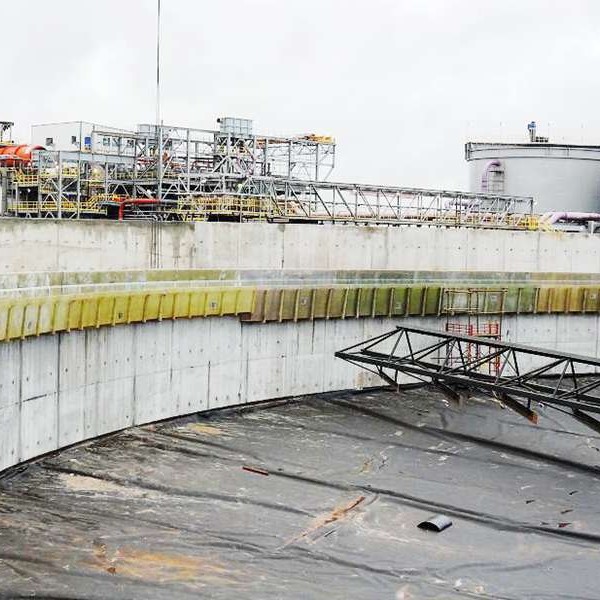
-
 Afrikaans
Afrikaans -
 Albanian
Albanian -
 Amharic
Amharic -
 Arabic
Arabic -
 Armenian
Armenian -
 Azerbaijani
Azerbaijani -
 Basque
Basque -
 Belarusian
Belarusian -
 Bengali
Bengali -
 Bosnian
Bosnian -
 Bulgarian
Bulgarian -
 Catalan
Catalan -
 Cebuano
Cebuano -
 China
China -
 China (Taiwan)
China (Taiwan) -
 Corsican
Corsican -
 Croatian
Croatian -
 Czech
Czech -
 Danish
Danish -
 Dutch
Dutch -
 English
English -
 Esperanto
Esperanto -
 Estonian
Estonian -
 Finnish
Finnish -
 French
French -
 Frisian
Frisian -
 Galician
Galician -
 Georgian
Georgian -
 German
German -
 Greek
Greek -
 Gujarati
Gujarati -
 Haitian Creole
Haitian Creole -
 hausa
hausa -
 hawaiian
hawaiian -
 Hebrew
Hebrew -
 Hindi
Hindi -
 Miao
Miao -
 Hungarian
Hungarian -
 Icelandic
Icelandic -
 igbo
igbo -
 Indonesian
Indonesian -
 irish
irish -
 Italian
Italian -
 Japanese
Japanese -
 Javanese
Javanese -
 Kannada
Kannada -
 kazakh
kazakh -
 Khmer
Khmer -
 Rwandese
Rwandese -
 Korean
Korean -
 Kurdish
Kurdish -
 Kyrgyz
Kyrgyz -
 Lao
Lao -
 Latin
Latin -
 Latvian
Latvian -
 Lithuanian
Lithuanian -
 Luxembourgish
Luxembourgish -
 Macedonian
Macedonian -
 Malgashi
Malgashi -
 Malay
Malay -
 Malayalam
Malayalam -
 Maltese
Maltese -
 Maori
Maori -
 Marathi
Marathi -
 Mongolian
Mongolian -
 Myanmar
Myanmar -
 Nepali
Nepali -
 Norwegian
Norwegian -
 Norwegian
Norwegian -
 Occitan
Occitan -
 Pashto
Pashto -
 Persian
Persian -
 Polish
Polish -
 Portuguese
Portuguese -
 Punjabi
Punjabi -
 Romanian
Romanian -
 Russian
Russian -
 Samoan
Samoan -
 Scottish Gaelic
Scottish Gaelic -
 Serbian
Serbian -
 Sesotho
Sesotho -
 Shona
Shona -
 Sindhi
Sindhi -
 Sinhala
Sinhala -
 Slovak
Slovak -
 Slovenian
Slovenian -
 Somali
Somali -
 Spanish
Spanish -
 Sundanese
Sundanese -
 Swahili
Swahili -
 Swedish
Swedish -
 Tagalog
Tagalog -
 Tajik
Tajik -
 Tamil
Tamil -
 Tatar
Tatar -
 Telugu
Telugu -
 Thai
Thai -
 Turkish
Turkish -
 Turkmen
Turkmen -
 Ukrainian
Ukrainian -
 Urdu
Urdu -
 Uighur
Uighur -
 Uzbek
Uzbek -
 Vietnamese
Vietnamese -
 Welsh
Welsh -
 Bantu
Bantu -
 Yiddish
Yiddish -
 Yoruba
Yoruba -
 Zulu
Zulu
fiber reinforced plastic tank
Exploring the Advantages of Fiber Reinforced Plastic Tanks
In recent years, the demand for advanced materials in various industries has led to the increased utilization of Fiber Reinforced Plastic (FRP) tanks. These tanks are fabricated from a composite of plastic and reinforcing fibers, typically made of glass, carbon, or aramid. The unique properties of FRP tanks make them ideal for a wide array of applications, particularly in the chemical, wastewater treatment, and food storage sectors.
One of the most significant advantages of FRP tanks is their excellent corrosion resistance. Unlike traditional metal tanks that are susceptible to rust and degradation over time, FRP tanks can withstand harsh chemicals, extreme temperatures, and adverse environmental conditions. This property is particularly critical in the chemical industry, where tanks often store aggressive substances that would quickly damage conventional materials. The durability of FRP not only extends the lifespan of the tanks but also reduces maintenance costs, offering long-term savings for businesses.
Exploring the Advantages of Fiber Reinforced Plastic Tanks
The versatility of FRP tanks is another aspect that sets them apart. They can be molded into various shapes and sizes, catering to specific requirements of different industries. This customization capability means that businesses can obtain tanks that fit seamlessly into their existing facilities without the need for extensive modifications. Additionally, FRP tanks can be manufactured to conform to various industry standards, ensuring compliance with safety regulations, which is a critical consideration in sectors such as food and pharmaceuticals.
fiber reinforced plastic tank

In terms of insulation, FRP tanks provide excellent thermal resistance, making them suitable for temperature-sensitive applications. This thermal protective quality is critical in industries like food and beverages, where maintaining specific temperatures is essential for product quality and safety. By choosing FRP tanks, companies can maintain optimal conditions for their products, reducing spoilage and enhancing overall efficiency.
Environmental considerations are becoming increasingly important for businesses, and FRP tanks present a preferred choice in this regard. The manufacturing process of FRP tanks typically generates fewer pollutants compared to traditional materials, and their longevity contributes to reduced waste over time. Many FRP tanks are also designed for recyclability, aligning with the global push towards sustainable practices and responsible resource management.
While the benefits of FRP tanks are numerous, it is essential for organizations to consider the specific needs and applications of their operations before making a decision. Factors such as the type of chemicals involved, storage requirements, and environmental conditions should guide the selection process. Engaging with a reputable supplier who can provide insights and recommendations based on industry knowledge is crucial to finding the optimal solution.
In conclusion, Fiber Reinforced Plastic tanks represent a significant advancement in storage technology, offering unparalleled corrosion resistance, lightweight construction, versatility in design, excellent insulation, and environmental advantages. As industries continue to evolve and seek innovative solutions to meet their operational challenges, FRP tanks emerge as a formidable option. By investing in FRP tanks, organizations can not only enhance their efficiency and safety but also contribute to sustainable practices within their sectors.
Latest news
-
Exploring the Benefits of Top Hammer Drifter Rods for Enhanced Drilling PerformanceNewsJun.10,2025
-
High-Precision Fiberglass Winding Machine for GRP/FRP Pipe Production – Reliable & Efficient SolutionsNewsJun.10,2025
-
FRP Pipes & Fittings for Shipbuilding - Corrosion-Resistant & LightweightNewsJun.09,2025
-
Premium FRP Flooring Solutions Durable & Slip-ResistantNewsJun.09,2025
-
Premium Fiberglass Rectangular Tanks Durable & Lightweight SolutionNewsJun.09,2025
-
Tapered Drill String Design Guide Durable Performance & UsesNewsJun.09,2025









